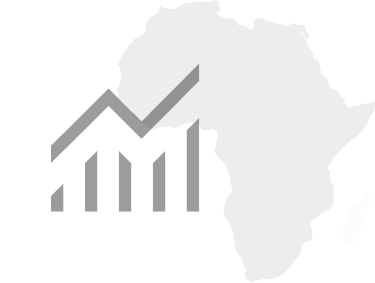Reviewing funding for the benefit of African economies
28 October, 2025
This article appeared as a contribution to the 2025 Ibrahim Forum Report, Financing The Africa We Want.
Africa’s financing needs are colossal as the continent faces several simultaneous challenges. The development of basic infrastructure must accelerate to meet the primary energy needs of populations and businesses (access to energy and electrification), the needs for transport and logistics (road, rail, port, airport), and of course social needs (health and education).
The acceleration of history adds further requirements. Rapid technological changes and the climate crisis accentuate the need for energy transition (COP29 estimated Africa’s climate financing needs at $1.3 trillion annually); geopolitical disorders are encouraging states and economies to strengthen their resilience and sovereignty. On top of that, the singular demographic trajectory of the continent (from 1.4 billion inhabitants to 2.5 billion in the next 20 years) increases this amplitude. In short, Africa needs much more — and much faster.
In order to implement them, financing channels are based on three main pillars:
- Bilateral public institutional financing (such as the French Development Agency, German KfW, Japanese JICA, etc.);
- Multilateral channels (such as the World Bank, the African Development Bank, the BOAD, Trade and Development Bank, etc.); and
- Private financing (Eurobonds or commercial financing).
In 2024, they represent about one third each. Although all countries have access to institutional funding (concessional or non-concessional), this remains limited and in all cases is still insufficient to meet the scale of the needs. According to the OECD, of the $212 billion in development aid in 2024, only $36 billion was earmarked for Sub-Saharan Africa.
Furthermore, the US disengagement at the start of 2025 with the abolition of USAID, and the European budgetary constraints born from security emergencies — imposing trade-offs in favour of defence on its soil — require a massive and in-depth rethinking of what is still too often qualified as “public development aid”, in order to distinguish between the fields relating to solidarity and those of investments.
Private financing is therefore essential and the only viable solution. International capital financing is necessary and plays its role, but it is only the tip of the iceberg. Historically, 20 African countries out of 54 have issued international bonds. Between 2012 and 2021, these 20 issuing countries borrowed around $140 billion, and just before COVID-19, 76% of these issuances came from four countries. Since the drying up of credit due to rising rates since 2022, the number of African countries accessing international capital markets remains extremely limited.
Private sector financing must constitute the backbone of financing African economies. To do this, two main areas must be developed today: strengthening the rules of governance and the business environment by creating reliable and understandable legal frameworks — otherwise international investors will stay away from many countries; and changing the depth of domestic tax revenue, which requires courageous and politically difficult choices.
Concretely, the paradigm must be changed to have a broad tax base and moderate rates — not the opposite. The census of all commercial activities must be accelerated to better integrate the informal sector and strongly limit sectoral and categorical exemptions.
In a word, Africa must finance itself. In doing so, it will ensure the attraction of the international capital necessary to reach a critical size large enough to ensure a change of scale in financing and investments. Currently, foreign direct investments in Africa represent approximately $50 billion annually out of little more than $1.3 trillion globally in 2023. Of the top five global investors in Africa, three are European. Emerging countries need to move more from trade flows to investment flows — and this needs to happen now.


